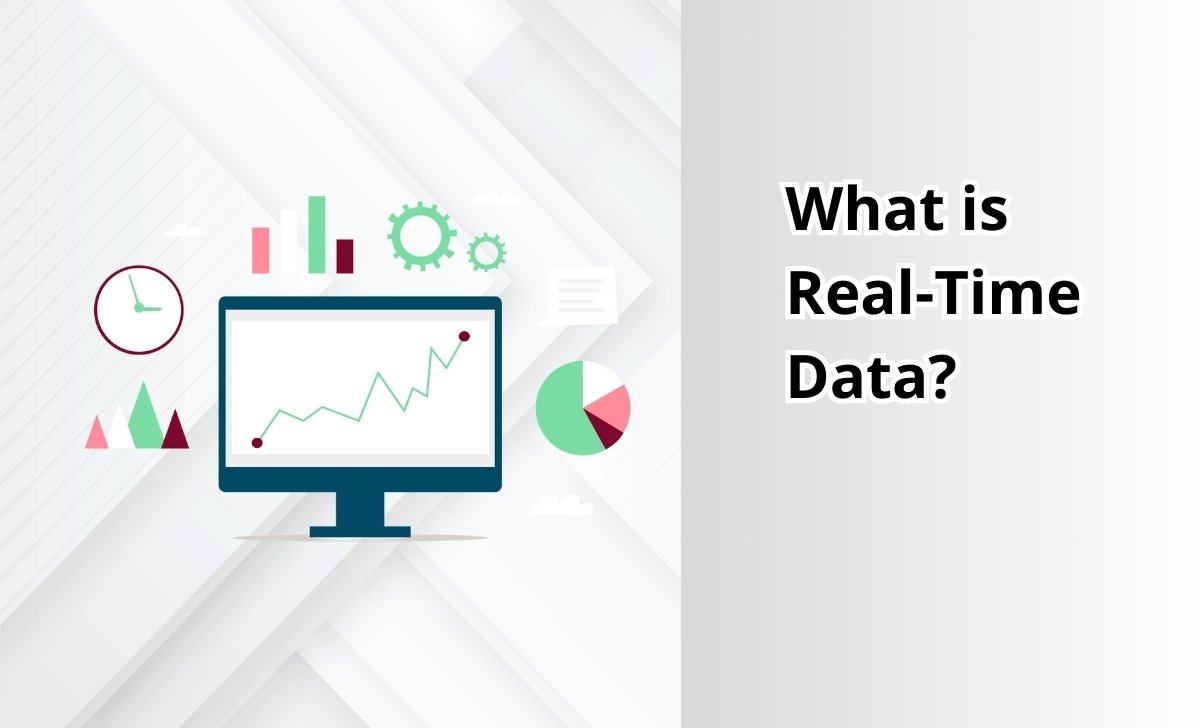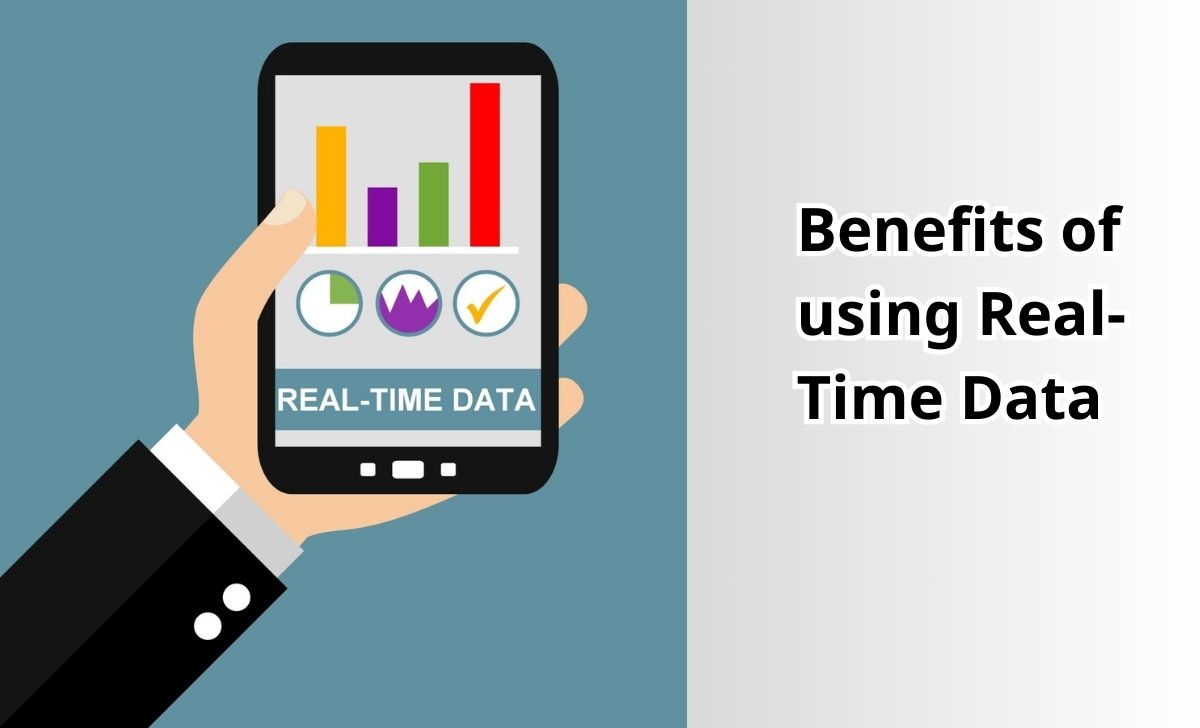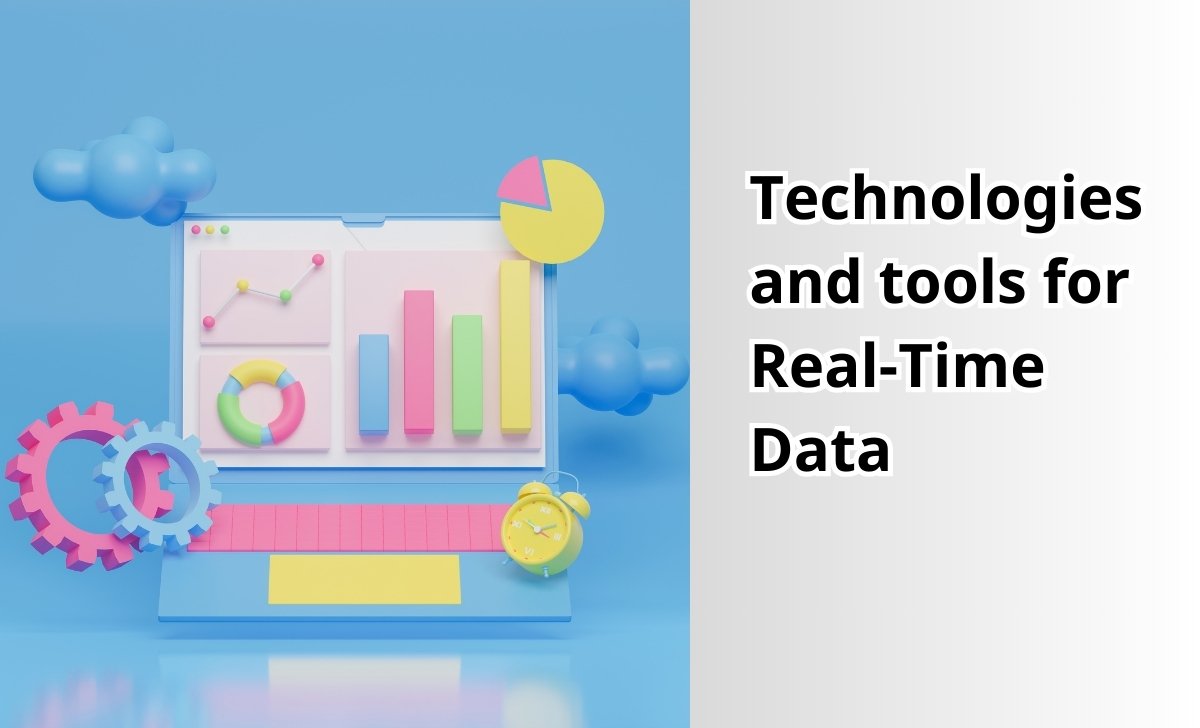Real-time data is data collected and processed immediately, without significant delay. In the digital era, where everything happens at lightning speed, it plays a crucial role in making quick and accurate decisions.
So, what exactly is real-time data, and what benefits does it bring to businesses and organizations? Let’s explore this in detail with AZCoin in this article!
What is Real-Time Data?

Real-Time Data is information that is collected, processed, and transmitted instantly or nearly instantly, with extremely low latency. This means that the data is continuously updated and reflects the current state of a specific system or environment. For example, data from IoT (Internet of Things) sensors, traffic systems, or social media platforms can all be considered real-time data.
The importance of Real-Time Data
Real-Time Data plays a vital role in supporting quick and accurate decision-making. In business and industrial environments, the ability to monitor and respond to events immediately helps enhance operational efficiency and minimize risks. For example, in the financial industry, real-time transaction data allows traders to seize opportunities and adjust strategies instantly, while in healthcare, real-time data can help doctors monitor patients’ conditions and make timely treatment decisions.
Benefits of using Real-Time Data

Similar to SolScan, Real-Time Data offers many benefits, such as:
- Quick Decision-Making: Real-Time Data provides immediate information, enabling organizations to make faster and more accurate decisions.
- Improved Operational Efficiency: Businesses can monitor and adjust workflows instantly to optimize performance.
- Enhanced Customer Experience: In service industries, real-time data helps personalize customer experiences and meet their needs immediately.
- Timely Incident Detection and Response: Real-Time Data allows for the detection and resolution of issues or incidents as soon as they occur, minimizing damage and downtime.
Challenges in processing Real-Time Data
Along with its advantages, Real-Time Data also faces several challenges, including:
- Scalability: Processing and storing large volumes of real-time data require highly scalable and efficient systems.
- Accuracy and Reliability: Ensuring that the collected and processed data is accurate and reliable is a significant challenge, especially in sensitive applications like healthcare or finance.
- Security and Privacy: Real-Time Data may contain sensitive information, making data security and privacy protection crucial.
- Cost and Resources: Implementing and maintaining real-time data processing systems can be costly and resource-intensive.
Technologies and tools for Real-Time Data

Here are some technologies and tools applied in Real-Time Data:
- Stream Processing Technology: Platforms like Apache Kafka and Apache Flink specialize in real-time data processing and analysis. Apache Kafka allows for high scalability data distribution, while Apache Flink supports event processing and complex computations with low latency.
- Real-Time Databases: InfluxDB and TimescaleDB are databases specifically designed to store and query real-time data. InfluxDB excels in high-performance query processing, while TimescaleDB extends PostgreSQL to support robust time-series data analysis.
- APIs and Protocols: WebSocket and RESTful API are key methods for transmitting and receiving real-time data. WebSocket enables continuous two-way communication between client and server, while RESTful APIs support synchronous data exchange.
Key Applications of Real-Time Data
Real-Time Data plays an essential role in various fields, from finance to healthcare and e-commerce. Here are the main applications of Real-Time Data:
Finance
- Stock and Forex Trading: Investors need continuous market information to make accurate buy or sell decisions. Real-Time Data provides immediate price, trading volume, and financial news, helping investors respond quickly to market fluctuations.
- Risk Management: Financial companies use real-time data to monitor and manage financial risks, detect fraudulent transactions, and ensure regulatory compliance. Therefore, to trade safely, you should choose from our list of the best crypto exchanges 2024.
Healthcare
- Patient Health Monitoring: Medical devices and sensors continuously track patients’ health indicators, such as heart rate and blood pressure. This data helps doctors make timely and accurate treatment decisions.
- Healthcare Data Management: Hospital and clinic management systems use Real-Time Data to update patient records, manage appointments, and coordinate between departments.
Logistics and Supply Chain
- Goods Tracking: Logistics companies use Real-Time Data to track the location and condition of goods during transit, reducing the risk of loss and damage.
- Supply Chain Management: Real-time data helps businesses optimize supply chain processes, from inventory management to production planning and distribution.
E-commerce

- Inventory Updates: E-commerce websites use Real-Time Data to update inventory status, ensuring product information is always accurate and helping customers know the availability of goods immediately.
- Personalized User Experience: Real-time data allows e-commerce platforms to analyze user behavior and provide product recommendations or offers that suit the current preferences and needs of customers.
Transportation and Logistics
- Traffic Management: Traffic management systems use Real-Time Data to manage traffic flow, predict congestion, and provide the best route information for drivers.
- Trip Time Forecasting: Transportation and logistics applications offer estimated arrival times based on real-time traffic data, helping users plan their trips more effectively.
Media and Entertainment
- Live Broadcasting: Live streaming services use real-time data to deliver video, audio, and news content to audiences instantly.
- User Interaction: Social media platforms and online games use Real-Time Data to provide smooth interactive experiences and instant content updates.
The Future of Real-Time Data
The future of Real-Time Data promises continued growth with the rise of 5G, IoT, and artificial intelligence. New and innovative applications will emerge, expanding the possibilities of real-time data in fields like smart cities, advanced healthcare, and industrial automation. At the same time, challenges in data security and management will need to be addressed to ensure the benefits of Real-Time Data are harnessed safely and effectively.
Conclusion
In conclusion, Real-Time Data has proven its value and importance across various fields, from finance to healthcare and marketing. AZcoin believes that understanding the concepts, benefits, challenges, and technologies related to Real-Time Data will help organizations and individuals maximize the potential of this type of data!

I am Louis Dang, living in Ottawa, Canada. I am currently working as a trader for AZCoin company, with 7 years of experience in the cryptocurrency market, I hope to bring you useful information and knowledge about virtual currency investment.











